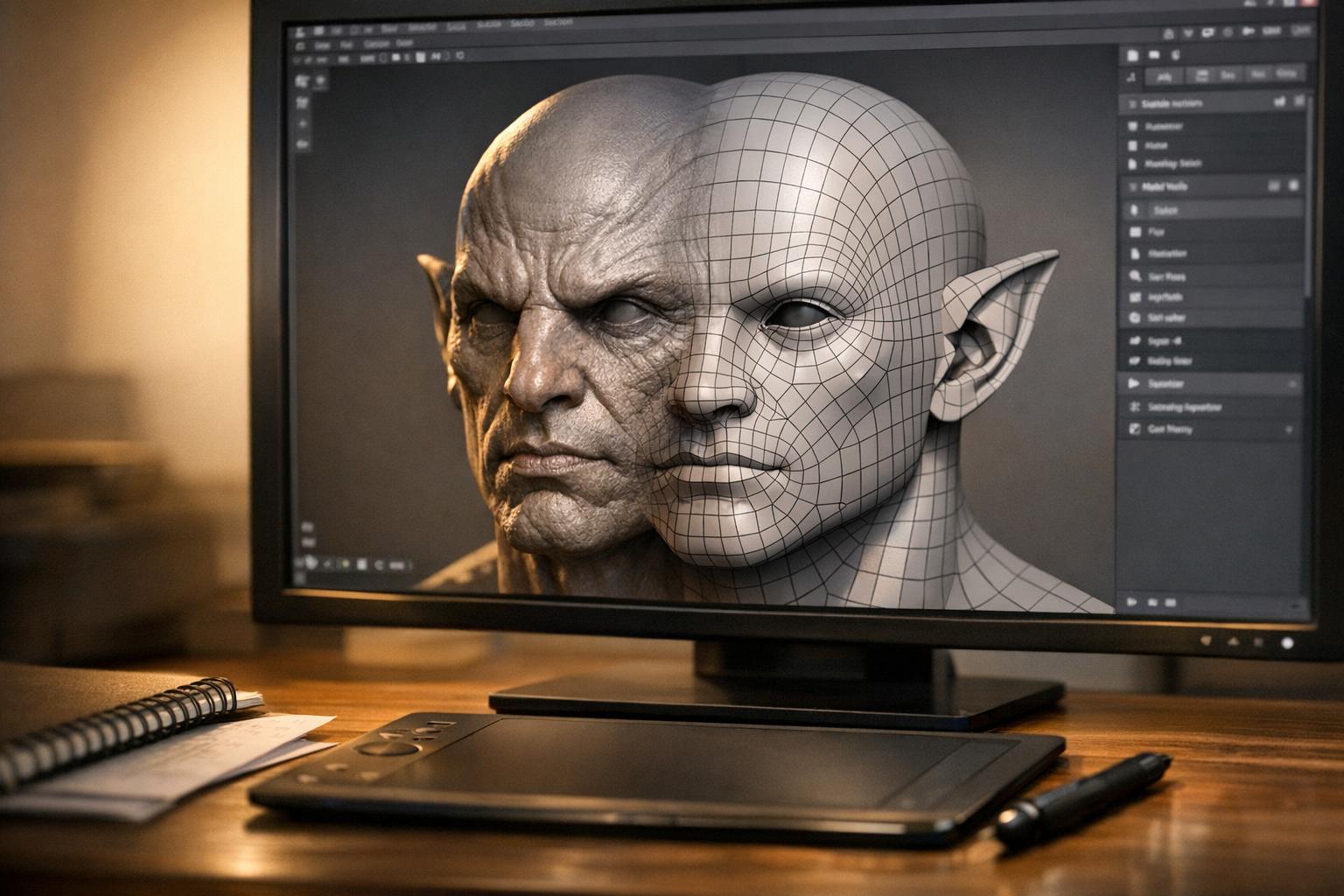Introduction to 3D Model Optimization
In this blog post, we will explore the importance of optimizing 3D models for performance in video games. Poorly optimized models can lead to decreased frame rates, longer loading times, and overall subpar gaming experiences. By implementing optimization techniques and utilizing the right tools, game developers can achieve better performance without compromising visual quality.
Why is performance important in Video Games?
Performance plays a crucial role in video games as it directly impacts player experience. When 3D models are optimized effectively, games can run more efficiently on a variety of devices, creating a smoother gameplay experiences across a larger player base. Balancing performance and visual fidelity is vital for creating enjoyable gaming experiences.
Optimizing 3D models for game engines is crucial to ensure optimal performance and efficient use of resources. Here are some techniques for optimizing 3D models:
Top 5 Techniques for Optimizing 3D Models
- Level of Detail (LOD) Optimization
- Polygon Reduction
- Texture and Material Optimization
- Animation Optimization
- Rigging and Skinning Optimization
1. How to Optimize using Level of Detail (LOD)
Using multiple models for a 3D asset in games is a tried and true way of improving performance in a game, as the game doesn't need to render highly complex geometry that is too far away to be seen by the player:
- Implementing different versions of models with varying levels of detail based on distance.
- Using simpler models for objects that are farther away from the camera.
- Transitioning between LODs seamlessly to maintain visual continuity.
2. How to Optimize using Polygon Reduction
Reducing the polygon count of a 3D model helps improve performance by decreasing the computational load on the game engine:
- Identifying and removing unnecessary polygons from 3D models.
- Utilizing mesh simplification algorithms or manual optimization techniques.
- This technique involves simplifying complex geometry while preserving the overall shape and appearance of the model.
This can be done in Sloyd automatically by using the LOD/polycount slider:

3. How to Optimize Texture and Materials
Optimizing texture usage is crucial for minimizing memory usage and optimizing performance:
- Compressing textures and reducing their resolution without significant loss of visual quality.
- Applying texture atlases, where multiple textures are combined into a single texture sheet, reducing the number of texture lookups during rendering.
- Optimizing material shaders to minimize rendering overhead.
4. How to Optimize Animations
Animation, if not meticulously managed, can easily become a source of non-optimized games, leading to sluggish performance, longer loading times, and overall subpar user experiences:
- Streamlining animation sequences and removing redundant keyframes.
- Using animation compression to reduce file sizes (included in e.g. Unreal Engine).
- Employing level-of-detail animation to reduce complexity when necessary.
5. How to Optimize Rigging and Skinning
Optimizing rigging and skinning is pivotal in ensuring smooth and lifelike character animations, enhancing both visual quality and overall performance:
- Using the fewest necessary bones.
- Ensuring efficient weight distribution for skinning to reduce calculation overhead.
- Removing unnecessary rig components and constraints to simplify the rig.
Best tools and Software for 3D Model Optimization
There are various tools and software available to assist with optimizing 3D models for performance, such as:
- 3D modeling software with built-in optimization features (e.g. Sloyd)
- Polygon reduction tools (e.g., Simplygon, Instant Meshes)
- Texture compression tools (e.g., Crunch, NVIDIA Texture Tools)
- Animation compression plugins (e.g., Unity Animation Compression, UE4 Animation Compression)
Testing and Benchmarking for Performance
To ensure optimal performance, it is essential to conduct thorough testing and benchmarking. This involves:
- Profiling the game to identify performance bottlenecks related to 3D models.
- Running tests on various hardware configurations to assess performance across different devices.
- Benchmarking against industry standards to gauge the game's performance compared to similar titles.
- Collecting player feedback and monitoring performance metrics to make necessary improvements.
Conclusion
Optimized 3D models for performance is a critical part of developing games. Try to follow the techniques in this article and utilize the appropriate tools to create visually stunning games that still run smoothly on a wide range of platforms. Prioritizing performance optimization is essential to ensure that players can fully enjoy your game the way you intended it!
Remember, striking a balance between visual quality and performance is key. By continuously optimizing and refining 3D models throughout the development process, you can deliver exceptional gameplay experiences to your audience!





